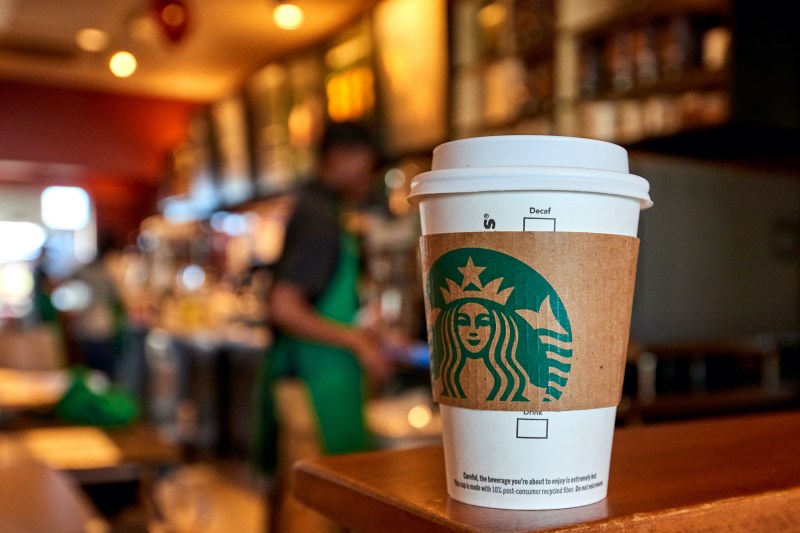Recent research has gathered that the cappuccino is one of the world’s favorite coffee drinks, ranked as the preferred coffee drink in nearly 25 countries. Enjoyed by coffee lovers all throughout the globe, the cappuccino hits the spot with just enough energy from espresso to get your day started, paired with steamed milk and milk foam for a delectable texture.
Traditionally known as a “morning drink,” cappuccinos were originally used by manual workers to jumpstart their day. Today, the cappuccino remains a go-to option at coffee shops everywhere and is a solid option at any time of the day. But what makes up this classic steamed coffee drink? Let’s dive into more about “what is a cappuccino coffee” and how you can make it at home.
What is cappuccino coffee?

A cappuccino is a specialty coffee drink that consists of espresso, steamed milk, and milk foam, all in equal balanced parts. What makes this drink unique is its structure, broken down into three parts with equal ingredients, resulting in a creamy, fluffy texture.
While espresso, steamed milk, and milk foam are the primary ingredients of a cappuccino, today’s modern coffee trends allow for tons of customizations and variations of cappuccinos. Modern-day cappuccinos might also be served with sugar or added flavored syrups/sweeteners or garnished with cinnamon or chocolate powder.
Where did the cappuccino originate?

In Italian, cappuccino means “hood,” referring to the color of the drink — which looked similar to the color of the robes of Capuchin monks. Although the name originated from Vienna, the invention of the cappuccino started in Italy around the early 1900s.
Creating the perfect balance of freshly brewed espresso and steamed milk, the drink continued to gain popularity throughout World War II. Around 1980, the cappuccino began to take off across the U.S. and Europe.
Cappuccino vs. macchiato

Coffee shop menus feature lots of similar espresso drinks — from the cappuccino to the macchiato and plenty of options in between. Although each drink is similar, the cappuccino stands out from other similar drinks. A cappuccino begins with a shot of espresso, followed by steamed milk added on top and milk foam on top of that.
The key feature of the cappuccino beverage is the balanced ratio of espresso, steamed milk, and foam. In contrast, a macchiato starts with steamed milk as a base, followed by two shots of espresso and a thin layer of milk foam on top. These differences have a big impact on the flavor of each drink, as the cappuccino has a fluffier texture due to higher amounts of foamed milk.
Cappuccino vs. latte

Lattes are another popular coffee drink that is sometimes confused with a cappuccino. Both drinks can look similar at first glance — so it’s easy to see how these
The milk in a cappuccino is much heavier and frothier, whereas a latte has a thinner and creamier texture. The distinct layering of the cappuccino is part of what makes it unique, whereas a latte is entirely blended for a uniform texture. Additionally, a latte doesn’t contain the same ratio of ingredients as a cappuccino. Lattes typically use a 1/3 espresso to 2/3 steamed milk ratio.
How to make a cappuccino coffee

Cappuccino coffee can be made at home in two different ways, depending on whether you have an espresso maker on hand.
With an espresso maker
Each part will be layered in thirds: 1/3 espresso, 1/3 steamed milk, and 1/3 milk foam.
- Brew a shot of espresso.
- Steam the milk and pour it over the espresso, holding back the foam with a spoon.
- Spoon milk foam on top.
- Optional: Add sugar, sweetener, or garnish, if desired.
Without an espresso maker
If you don’t have an espresso maker, there are other ways you can still enjoy a delicious cappuccino coffee. Using a Moka pot or French press with coffee grounds can allow you to create a strong, concentrated coffee for a rich cappuccino. Once coffee is brewed:
- Heat the milk in a small pot until it’s simmering, whisking the milk until a froth forms (you can also use a milk frother).
- Pour the milk over the espresso, holding back the foam with a spoon.
- Spoon the milk foam on top.
- Add optional toppings. Enjoy!




